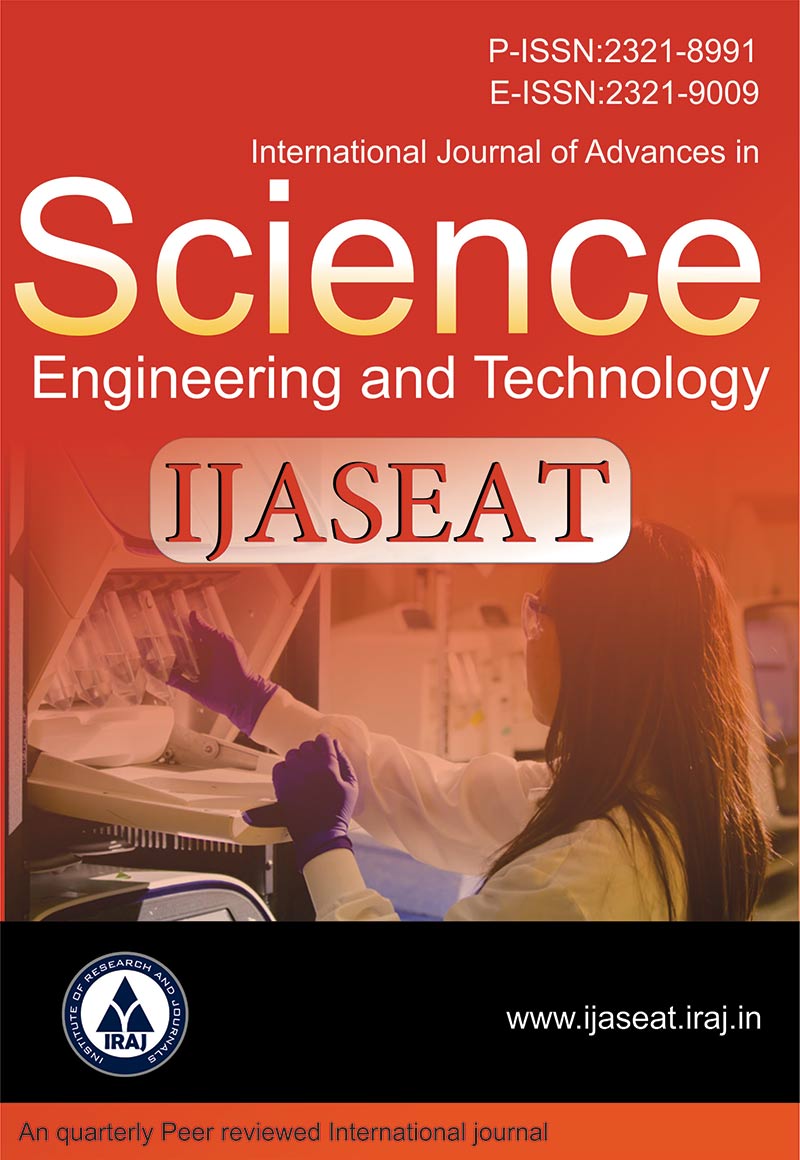Publish In |
International Journal of Advances in Science, Engineering and Technology(IJASEAT)-IJASEAT |
 Journal Home Volume Issue |
||||||||
Issue |
Volume-4,Issue-3, Spl. Iss-2 ( Sep, 2016 ) | |||||||||
Paper Title |
Biological Activity of Walnut (Juglansregia L.) Cultivars and Genotypes in Inner Anatolia | |||||||||
Author Name |
Hulya Unver, Sezai Ercisli | |||||||||
Affilition |
Duzce University Faculty of Agricultural and Natural Science, Duzce, Turkey Ataturk University Agricultural Faculty Department of Horticulture, Erzurum, Turkey | |||||||||
Pages |
142-145 | |||||||||
Abstract |
In this study, the fruits of ten seed propagated walnut genotypes pre selected according to it’s better fruit characteristics and high yield capacity were sampled from Nigde province and compared to standard walnut cultivars ‘Sebin’, ‘Kaman’ and ‘Bilecik’ for biological activity of fruits including total phenolic content and antioxidant activity. Total phenolic content of walnut fruits were determined by Folin-Ciocalteu reagent and results expressed as mg gallic acid equivalents (GAE) per 100 g raw walnut fruit. The TEAC (trolox equivalent antioxidant capacity) and FRAP (ferric reducing antioxidant power) assays assessed to estimate total antioxidant capacity. Total phenolic content were found between 1142 (cv. ‘Sebin’)-1861 (cv. ‘Bilecik’) mg GAE/100 g fresh walnut fruit in cultivars and between 1024 (genotype Nigde-08)-2014 (genotype Nigde-02) mg GAE/100 g fresh walnut fruit in non-grafted genotypes, respectively. In general seed propagated genotypes exhibited higher antioxidant activity than cultivars in both FRAP and TEAC method. The results showed that there were high variation among genotypes and cultivars in terms of biological activity that is important for future walnut breeding activity to select better parents to obtain high phytochemical content walnut cultivar candidates. Keywords- Walnut, Biological activity, Fruit properties | |||||||||
| View Paper | ||||||||||